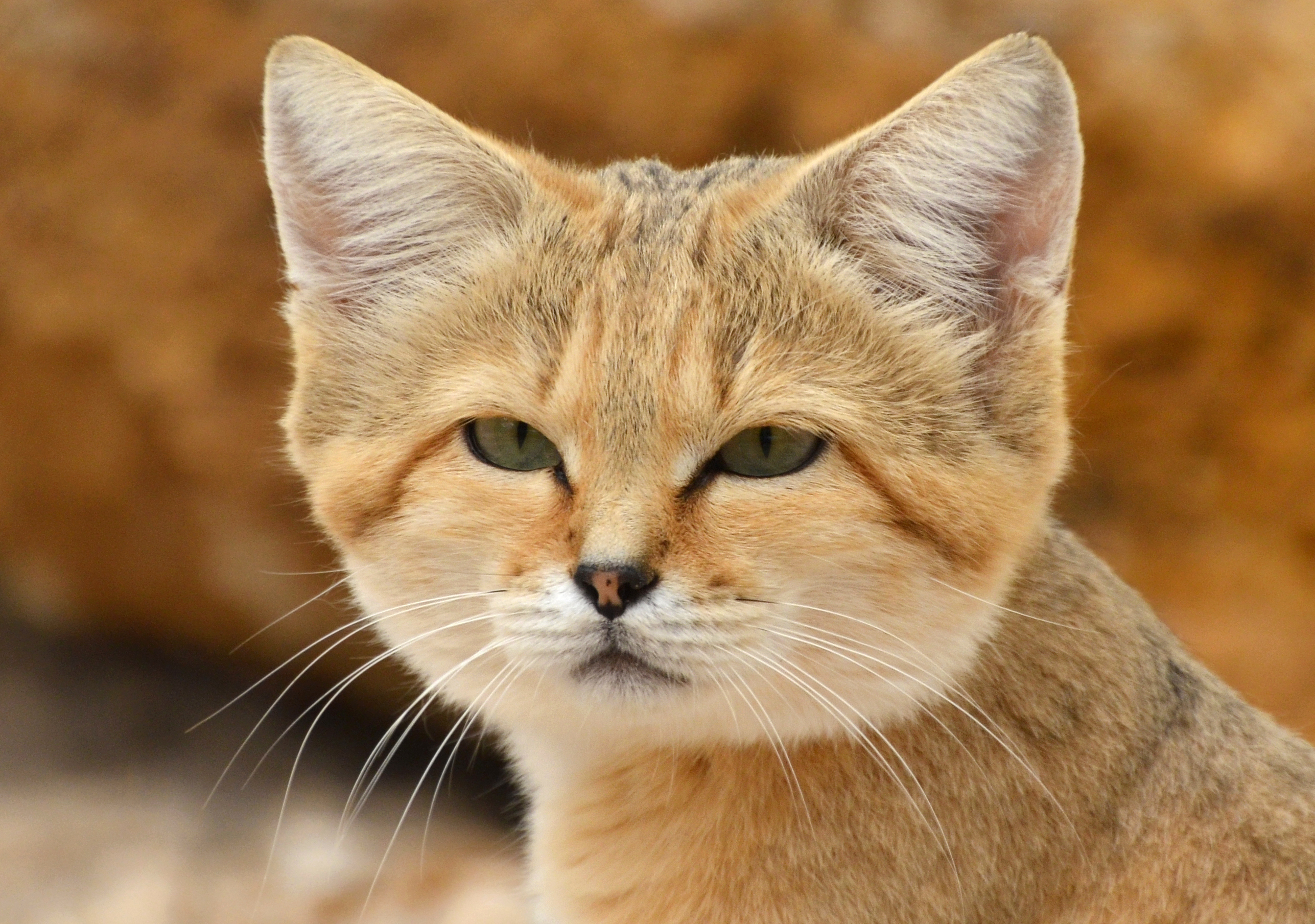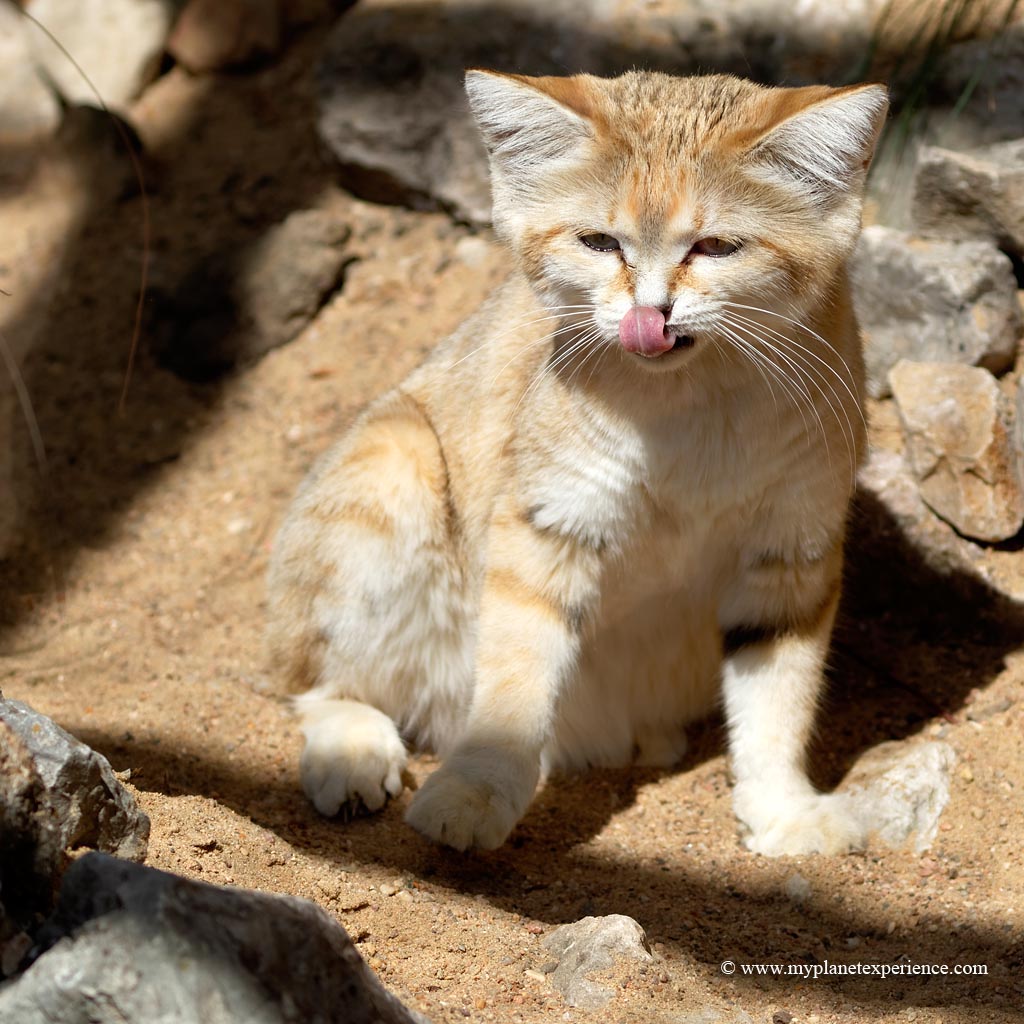Sand Cat Habitat And Food

They are able to survive for months on the water in their foodAfter a 59 68 day gestation usually 3-4 kittens are born twice per year in a.
Sand cat habitat and food. The long hair covering the. Habitat degradation is the major threat to the sand cat. It mainly inhabits largely the deserts of northern Africa.
Sand Cats will also cover large kills with sand and return later to feed. The Sand Cat primarily occupies sandy deserts but has also been recorded in stony and rocky deserts. Vulnerable arid ecosystems are being rapidly degraded by human settlement and activity especially livestock grazing Allan and Warren 1993 Al-Sharhan et al.
The magnificent Arabian Sand Cat appears to have a widespread though disjointed distribution. The sand cat was housed in a 70m 2 enclosure which contained rocks water trees and several hiding places including a cave se fig. The Sand Cat Felis margarita Loche 1996 Communication Channels.
The IUCN Red List has standardised habitat types globally and there is only one primary habitat type. The Sand cat hides leftover food in the sand. Local people sometimes trap sand cats for pets.
In North Africa the cat appears in numerous locations. Sand cats habitat description. It prefers areas of sparse vegetation mixed with sandy and rocky areas which supports rodent and small bird prey.
They are found in very arid habitats with little to no vegetation. The smallest cat species in Arabia the sand cat Felis margarita is well adapted to its arid desert habitat obtaining all the water it needs from its foodPrey capture is facilitated by the sand cats highly sensitive ears which are large and triangular and capable of detecting noises from animals both above and below the surface of the sand. Arabian Sand Cat Distribution Habitat and Ecology.


















